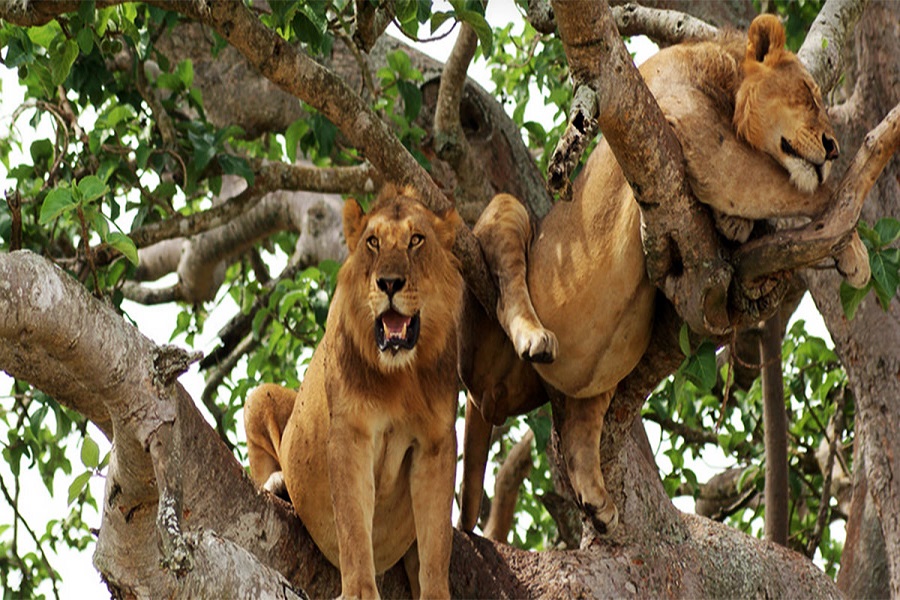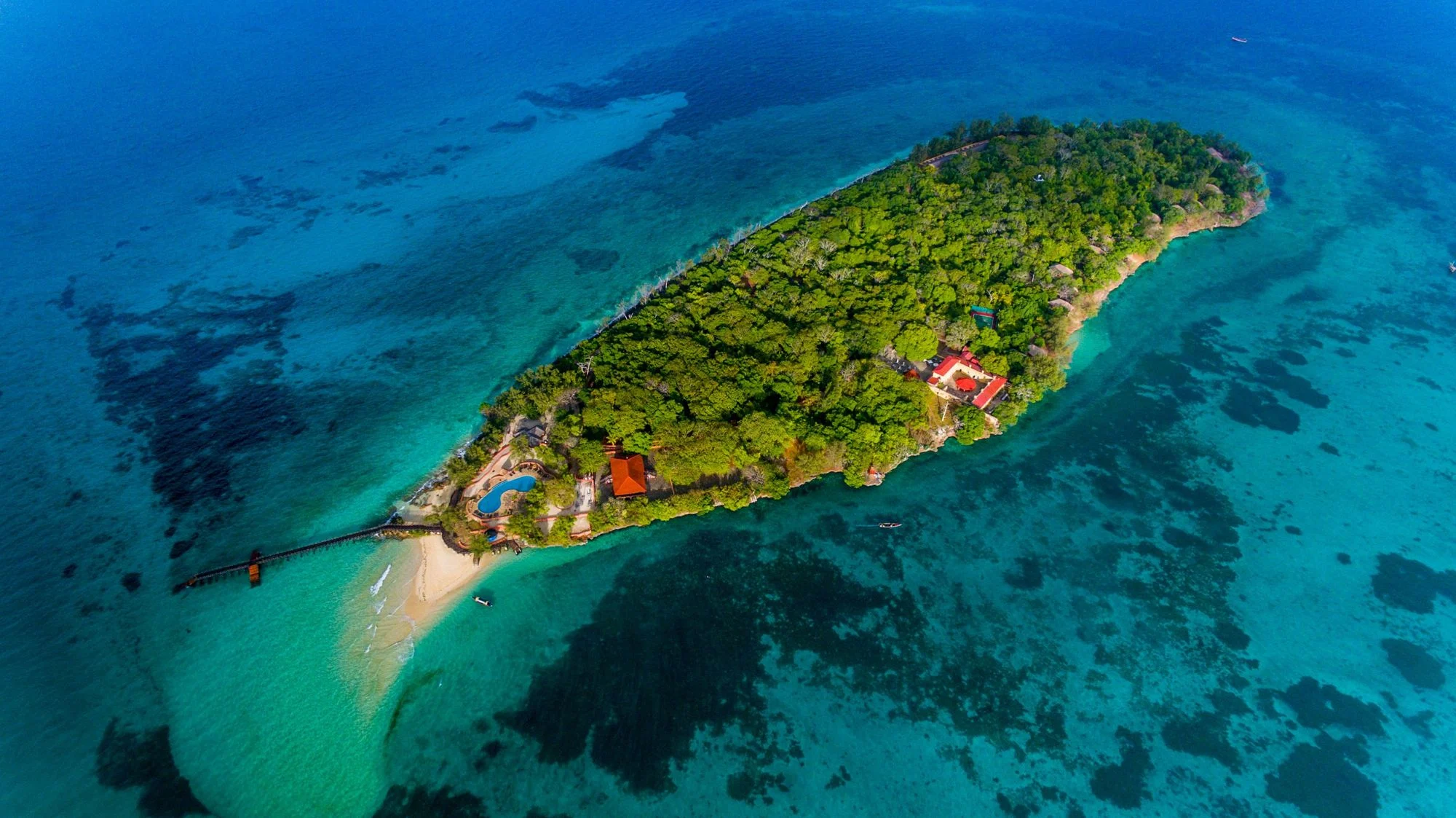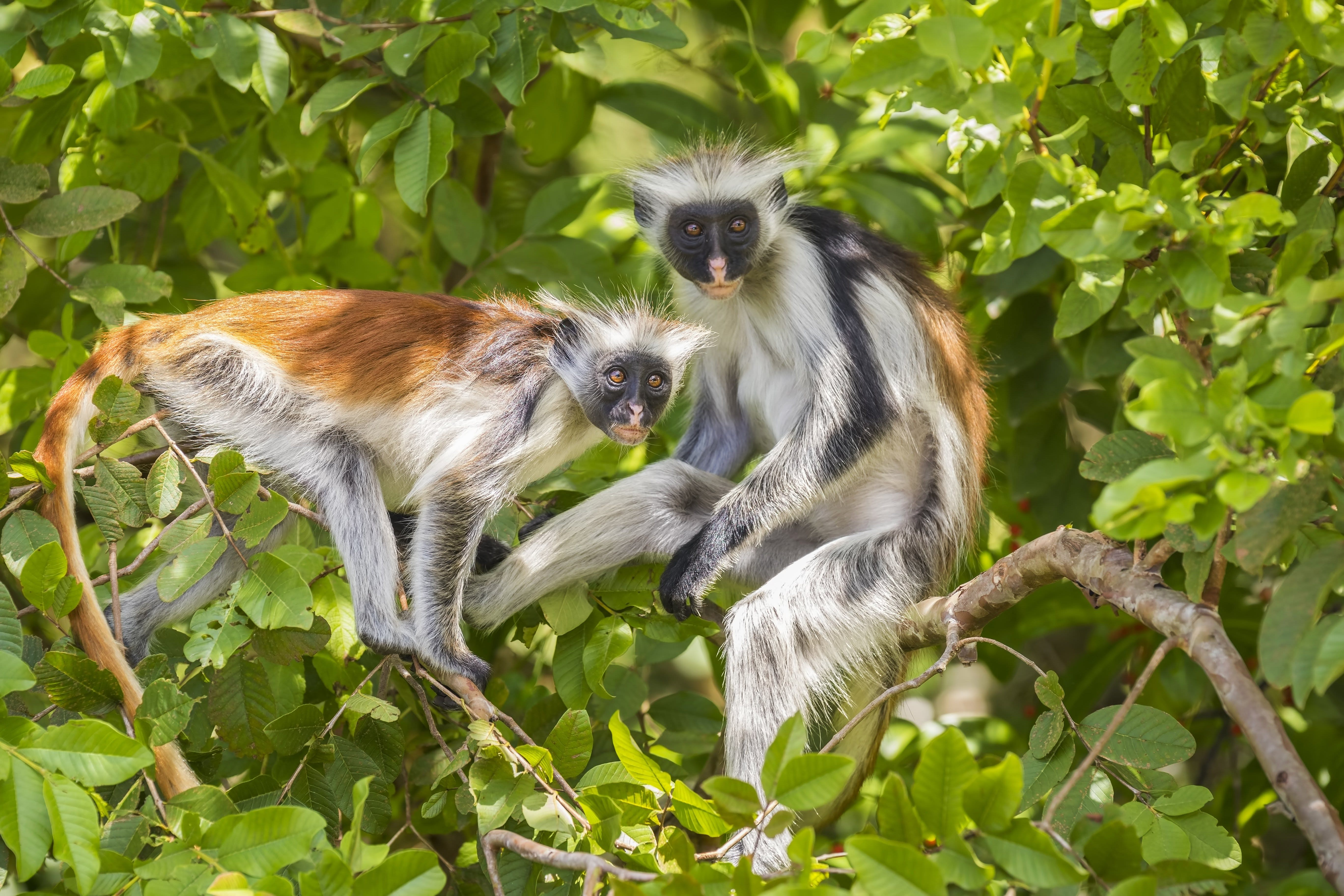
Uganda’s second-largest, joint-oldest and most bio diverse national park is set in the low-rift valley where it crosses the equator south of the lofty Rwenzori Mountains and north of the Kigezi highlands, protected as a wildlife reserve since the late 1920s, it was gazzeted later to commemorate the first visit to Uganda by Queen Elizabeth II and Prince Philip.
Extending over 1,9787km2, Queen Elizabeth National Park (QENP) protects a fabulously diverse landscape of tropical habitats; rolling grassland, moist acacia woodland, tropical rainforest, sheer-sided volcanic calderas, and a variety of wetland habitats including the open waters and swampy shores of lake Edward and George, the 40km-long Kazinga channel that connects them, and several fresh water and saline crater lakes.
Extending over 1,9787km2, Queen Elizabeth National Park (QENP) protects a fabulously diverse landscape of tropical habitats; rolling grassland, moist acacia woodland, tropical rainforest, sheer-sided volcanic calderas, and a variety of wetland habitats including the open waters and swampy shores of lake Edward and George, the 40km-long Kazinga channel that connects them, and several fresh water and saline crater lakes.
QENP supports at least 95 mammal species, the highest for any Ugandan national park. Ten primate species are present, including chimpanzee, vervet, blue, red-tailed and L’Hoest’s monkeys, black and white colobus and olive baboon. A checklist of around 20 carnivores is headed by the lion and leopards, but spotted hyenas and side-striped jackal are also quite common, and a habituated banded mongoose troop is conspicuous on the Mweya Peninsular. The most common antelope is Ugandan kob, some 20,000 of which are residents in the park, but bushbuck, topi and Defassa waterbuck are also locally common, while the elusive semi-aquatic sitatunga occurs in papyrus swamps around Lake George, and four duiker species are primarily confined to the Maramagambo Forest. Buffalo are common and often reddish in color due to interbreeding with the redder forest buffalo of the Congolese rainforest. The parks elephants are sometimes said to display infinite with the smaller and slightly hairier forest-dwelling race of elephants found in the DRC. Among other ungulates, notable absentees include rhino, giraffe and Zebra, but more than 5000 hippos inhabit the parks waterways, warthogs are very common, and the Kainga Channel is one of the few non-forested paces in Africa where giant forest hogs are regularly seen.
Related Itineraries
Newsletter
Subscribe to our newsletter to receive notifications about new updates.





































